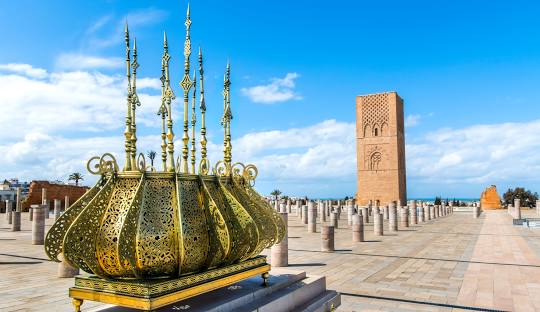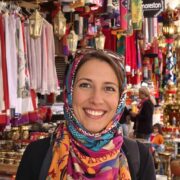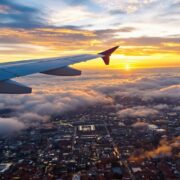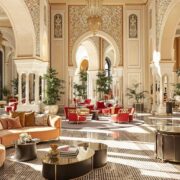
The Deep Connection Between Andalucia and Chefchaouen: A Cultural Bridge Across the Mediterranean
Nestled in the Rif Mountains of northern Morocco, Chefchaouen is often called the “Blue Pearl” for its striking blue-painted buildings and peaceful atmosphere. But beyond its picturesque beauty, Chefchaouen holds a deeper connection to another land across the Mediterranean: Andalucia, Spain. This relationship is steeped in history, culture, and shared experiences that date back centuries.
While the blue hues of Chefchaouen are what most people notice first, the city’s cultural, architectural, and even social elements are heavily influenced by Andalucia’s rich heritage. Here’s a closer look at the deep and lasting connection between these two remarkable regions.
A Historical Journey: The Andalusian Refugees
The connection between Andalucia and Chefchaouen begins with the historical migration of Andalusian refugees to Morocco. During the 15th century, after the fall of Granada in 1492 and the subsequent Reconquista, many Muslims and Jews fled Spain to escape religious persecution. Some of these refugees made their way to northern Morocco, where they settled in various cities, including Chefchaouen.
It is in this migration that we can trace many of the city’s defining features. The influence of Andalusia’s Islamic Golden Age is clear in the architecture, craftsmanship, and even in the traditions that have been passed down through generations. The city became a sanctuary for Andalusian culture, preserving and adapting many of the elements that flourished in Spain before their exile.
Architecture: A Blend of Two Worlds
Chefchaouen’s architecture is an exceptional fusion of Andalusian and Moroccan styles, creating a unique and mesmerizing aesthetic. The narrow, winding streets of the old town, often lined with whitewashed buildings, evoke the traditional feel of Andalusian villages. The arched doorways and decorative wrought-iron balconies mirror the elegant design of Spanish Moorish architecture.
Perhaps one of the most noticeable aspects of this connection is the city’s blue-painted walls. While blue has long been a significant color in many Mediterranean cultures, the use of vibrant blue hues in Chefchaouen is particularly tied to Andalusia. Many believe that the blue color was introduced by the Andalusian refugees as a symbol of their past, with some even linking the shade to the blue of the Mediterranean Sea. The color has come to symbolize peace, tranquility, and harmony—a feeling you certainly experience as you wander through the streets of Chefchaouen today.
Culture and Traditions: A Shared Legacy
Andalusian traditions have also left their mark on the music, food, and craftsmanship in Chefchaouen. Flamenco, a genre deeply rooted in Andalucia, is an art form that has found its way into the cultural fabric of Chefchaouen. While the form may not be as prevalent as in Spain, traditional Andalusian music, characterized by its passionate rhythms and soulful melodies, is still played in the streets, at local gatherings, and during festive occasions.
The Andalusian influence can also be seen in Chefchaouen’s cuisine. Many of the region’s dishes, such as couscous, tagine, and bastilla, were adapted from the Spanish Moorish culinary traditions. Sweet pastries like chebakia, soaked in honey and sesame, carry the legacy of Andalusian sweets brought to Morocco by the refugees. The mosaic tile work, commonly seen in the city’s buildings and courtyards, also recalls the tilework seen in Andalucian palaces like the Alhambra in Granada, a grand symbol of Spain’s Islamic period.
Spiritual and Religious Ties
The cultural ties between Chefchaouen and Andalucia also include a shared spiritual history. During the time of Islamic rule in Spain, cities like Cordoba, Seville, and Granada were renowned for their intellectual and spiritual advancements. When the Andalusian refugees arrived in Morocco, they brought with them a deep reverence for spirituality that shaped the character of Chefchaouen. The city became an important center for Sufism, a mystical branch of Islam, where the Andalusians continued their spiritual practices, emphasizing peace, love, and connection to the divine.
Chefchaouen’s mosques, madrasas, and religious institutions retain elements of Andalusian architecture, with intricate tilework, arches, and prayer spaces that echo the great Islamic structures of Andalucia. This spiritual heritage is a testament to the enduring legacy of the Andalusian influence.
The Landscape: A Connection to Nature
Both Andalucia and Chefchaouen are renowned for their stunning landscapes. Andalucia, with its rolling hills, olive groves, and majestic mountains, offers a natural beauty that mirrors that of Chefchaouen’s Rif Mountains. The mountains surrounding Chefchaouen offer breathtaking views, while the lush valleys, filled with olive trees and fragrant gardens, remind one of the fertile Andalusian countryside. The natural environment of both regions is not only visually striking but is also central to the lifestyle and traditions of the people who live there.
The Cultural Bridge Today
Today, the cultural bridge between Andalucia and Chefchaouen remains strong. Many Andalusians visit Chefchaouen to reconnect with their roots, explore the region their ancestors once called home, and experience the blend of Moroccan and Andalusian heritage. Similarly, travelers from Chefchaouen and Morocco visit Andalucia to experience the culture and history that shaped the city’s development.
For modern travelers, this deep connection between Chefchaouen and Andalucia offers a unique opportunity to explore both regions through a lens of cultural exchange. Chefchaouen, often viewed as a living testament to the influence of Andalucia, invites visitors to experience the best of both worlds: the serenity and mysticism of Morocco paired with the artistic and architectural splendor of Spain.
Conclusion
Chefchaouen’s ties to Andalucia go far beyond just history—they are woven into the very fabric of the city’s culture, architecture, food, and soul. The city stands as a beautiful symbol of the enduring connection between two lands, united by centuries of shared experiences. Whether you’re strolling through Chefchaouen’s blue streets, savoring a meal, or listening to Andalusian melodies echoing in the air, the deep bond between Andalucia and Chefchaouen is impossible to miss.
Recent Posts
Empowering Adventures: A Solo Female Travel Guide to Morocco in 2025
Affordable Ways to Fly to Marrakech from Manchester: Your Ultimate Guide
Experience Luxury at the Hotel Sofitel Lounge and Spa Marrakech: A Gateway to Relaxation and Elegance
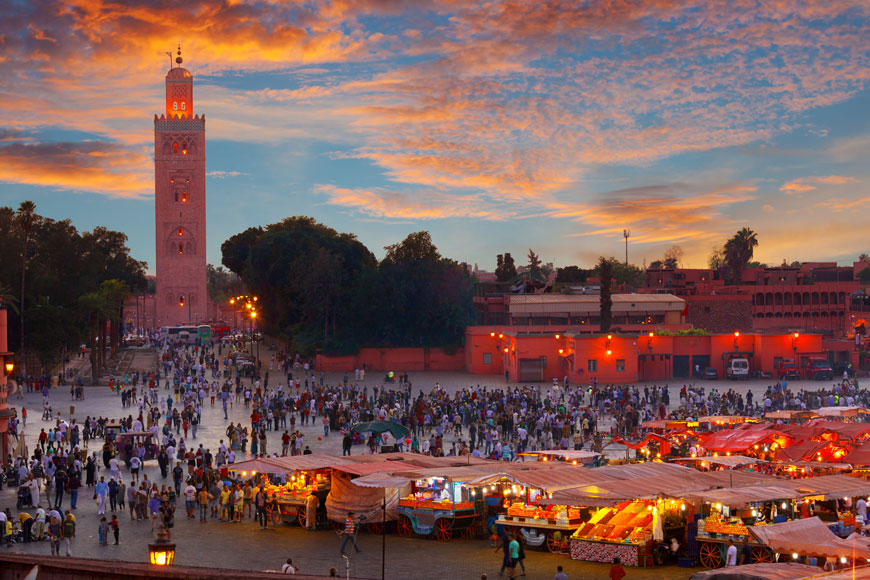
Marrakech

Chefchaouen
